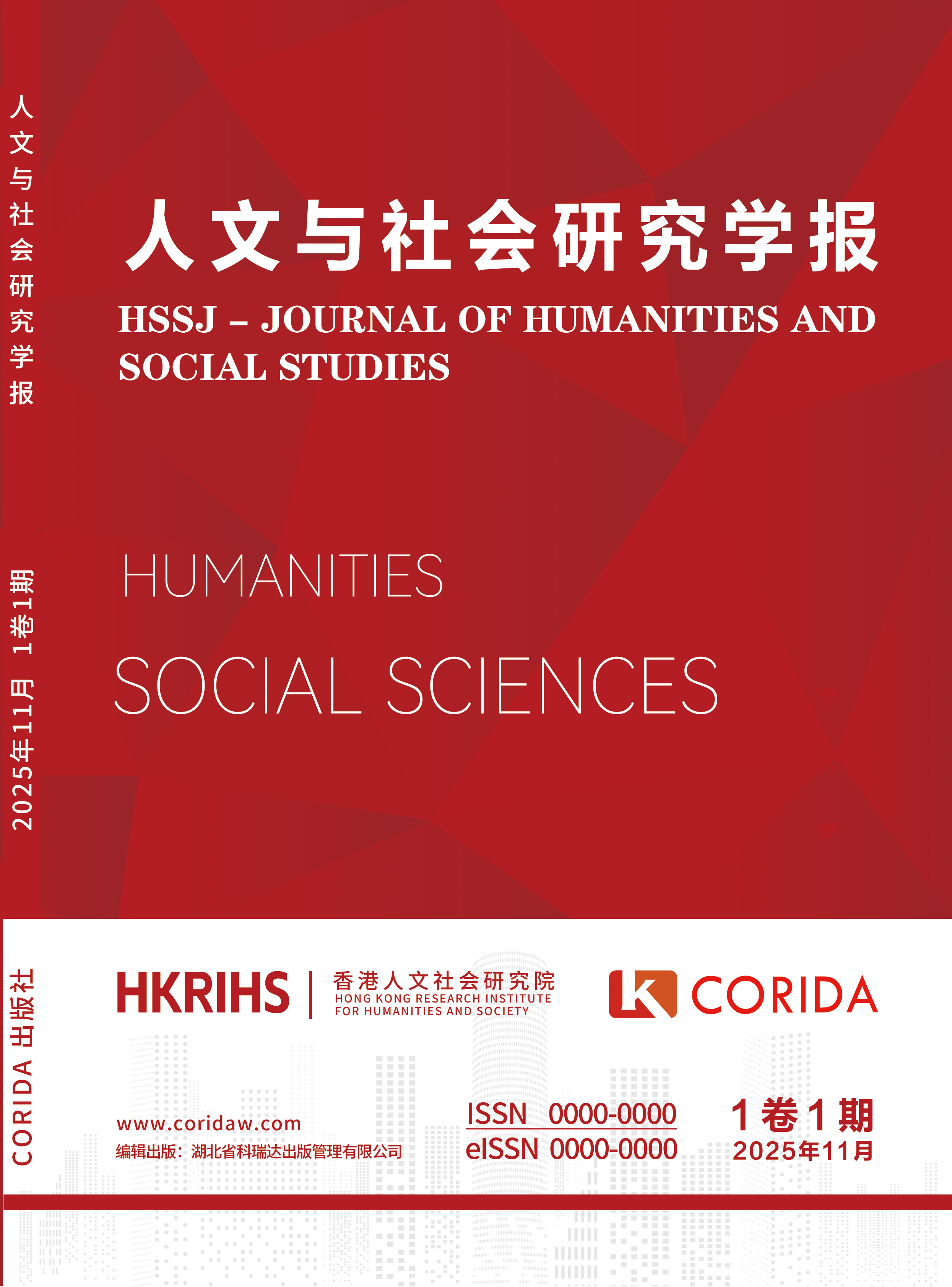南亚区域制造业升级与中国企业的参与路径 ——以印度与孟加拉为案例的比较研究
Keywords:
南亚制造业;中国企业;印度;孟加拉国;国际产能合作;区域价值链Abstract
南亚制造业的崛起正在重塑全球产业版图。印度与孟加拉国分别代表了两种不同的工业化路径:前者以自主创新和市场规模为核心,后者以成本优势与出口导向为特征。中国企业的进入,使两国制造业的升级呈现出互动式的演进逻辑。本文以比较研究为主线,分析了印度和孟加拉制造业的结构差异、政策导向与发展阶段,进而探讨中国企业在不同制度与市场环境下的投资策略、合作模式与本地化路径。研究发现,中国企业在印度主要采取技术合作与市场渗透并行的策略,而在孟加拉更倾向于通过产业园区和供应链协同实现产能合作。制度不确定性、基础设施瓶颈、劳动力结构差异与地缘政治风险,是当前合作面临的主要制约。未来,中国企业应以政策协调、绿色转型和价值共建为导向,推动区域制造业协同升级。研究的意义在于揭示南亚制造业与中国国际化战略的互动关系,为构建中南亚可持续合作模式提供政策参考与理论支撑。
References
[1]Gereffi G. Global Value Chains and Development: Redefining the Contours of 21st Century Capitalism[M]. Cambridge: Cambridge University Press, 2018.
[2]World Bank. South Asia Economic Focus: Toward Faster, Cleaner Growth[R]. Washington, DC: World Bank, 2023.
[3]Government of India. Make in India Programme: Progress Report[R]. New Delhi: Ministry of Commerce and Industry, 2022.
[4]UNIDO. Industrial Development Report 2022: The Future of Industrialization in a Post-Pandemic World[R]. Vienna: UNIDO, 2022.
[5]商务部研究院. 中国企业“走出去”发展报告 2023[R]. 北京: 经济管理出版社, 2023.
[6]Rahman M., Hossain M. Foreign Direct Investment and Manufacturing Growth in Bangladesh[J]. Asian Development Review, 2022, 39(1): 75-98.
[7]Humphrey J., Schmitz H. How Does Insertion in Global Value Chains Affect Upgrading in Industrial Clusters?[J]. Regional Studies, 2002, 36(9): 1017-1027.
[8]赵昌文, 王雨辰. “一带一路”倡议与全球价值链重构研究[J]. 国际经济合作, 2023(4): 15-27.
[9]Kang S., Wang Y. China’s Overseas Industrial Parks and Sustainable Development in South Asia[J]. Journal of Asian Public Policy, 2024, 17(2): 210-228.
[10]World Bank. South Asia Development Update 2024: Accelerating Manufacturing Growth[R]. Washington DC: World Bank, 2024.
[11]UNCTAD. World Investment Report 2024: Investment in Sustainable Industrialization[R]. Geneva: United Nations, 2024.
[12]ADB. Key Indicators for Asia and the Pacific 2023[R]. Manila: Asian Development Bank, 2023.
[13]Government of India. Make in India Programme: Progress Report 2023[R]. New Delhi: Ministry of Commerce and Industry, 2023.
[14]National Statistical Office of India. Annual Survey of Industries 2023[R]. New Delhi, 2023.
[15]Mishra A., Singh R. Foreign Direct Investment and Technology Upgrading in Indian Manufacturing[J]. Journal of Economic Development Studies, 2022, 38(4): 125-142.
[16]Kapoor R. India’s Industrial Transformation: Challenges and Prospects[J]. Economic and Political Weekly, 2023, 58(15): 23-30.
[17]Bangladesh Bureau of Statistics. Manufacturing and Export Data Report 2023[R]. Dhaka, 2023.
[18]Bangladesh Investment Development Authority (BIDA). Special Economic Zones Progress Brief 2024[R]. Dhaka, 2024.
[19]Rahman M., Hossain M. Diversification of Bangladesh Manufacturing and the Role of Technology Transfer[J]. Asian Development Review, 2023, 40(2): 56-79.
[20]ADB. Bangladesh Country Diagnostic Study 2023: Infrastructure and Competitiveness[R]. Manila, 2023.
[21]商务部研究院. 中国企业“走出去”年度报告 2023[R]. 北京: 经济管理出版社, 2023.
[22]UNDP. Human Development Report 2024: Demographic Transitions in Asia[R]. New York: UNDP, 2024.
[23]MOFCOM Database. China’s Outbound FDI Statistics Yearbook 2024[R]. Beijing: 商务印书馆, 2024.
[24]Kang S., Wang Y. Regional Production Networks and Policy Coordination under RCEP and BIMSTEC Frameworks[J]. Journal of Asian Public Policy, 2024, 17(3): 242-260.
[25]World Bank. South Asia Development Update 2024: Accelerating Manufacturing Growth[R]. Washington, DC: World Bank, 2024.
[26]Government of India. Make in India Programme: Progress Report 2023[R]. New Delhi: Ministry of Commerce and Industry, 2023.
[27]UNIDO. Industrial Development Report 2024: Green Manufacturing and Technology Upgrading[R]. Vienna: UNIDO, 2024.
[28]商务部研究院. 中国企业“走出去”年度报告 2023[R]. 北京: 经济管理出版社, 2023.
[29]World Bank. South Asia Development Update 2024: Navigating Uncertainty[R]. Washington, DC: World Bank, 2024.
[30]ADB. Bangladesh Country Diagnostic Study 2023: Infrastructure and Competitiveness[R]. Manila: Asian Development Bank, 2023.
[31]UNCTAD. World Investment Report 2024: Investment in Sustainable Industrialization[R]. Geneva: United Nations, 2024.
[32]ILO. Skills and Employment in South Asia 2023[R]. Geneva: International Labour Organization, 2023.
[33]UNDP. Regional Human Security Report for South Asia 2023[R]. New York: UNDP, 2023.
[34]商务部研究院. 中国企业“走出去”金融支持研究报告 2023[R]. 北京: 经济管理出版社, 2023.
[35]赵昌文, 王雨辰. 中国企业海外产能合作的风险防控与制度创新[J]. 国际经济合作, 2024(2): 9-21.
[36]World Bank. South Asia Development Update 2024: Accelerating Manufacturing Growth[R]. Washington, DC: World Bank, 2024.
[37]UNIDO. Industrial Development Report 2024: Green Manufacturing and Technology Upgrading[R]. Vienna: UNIDO, 2024.
[38]赵昌文, 王雨辰. 中国企业海外产能合作模式创新研究[J]. 国际经济合作, 2023(5): 11-25.
[39]World Bank. South Asia Development Update 2024: Navigating Uncertainty[R]. Washington, DC: World Bank, 2024.
[40]商务部研究院. 中国企业“走出去”发展报告 2023[R]. 北京: 经济管理出版社, 2023.
[41]UNIDO. Industrial Development Report 2024: Green Manufacturing and Technology Upgrading[R]. Vienna: UNIDO, 2024.
Downloads
Published
How to Cite
Issue
Section
License
Copyright (c) 2025 德鑫 唐

This work is licensed under a Creative Commons Attribution 4.0 International License.




